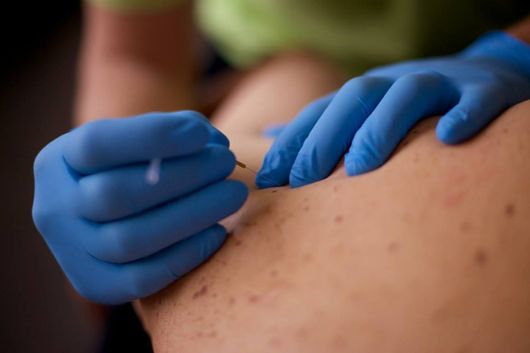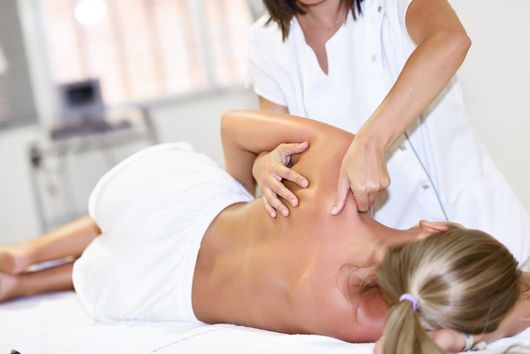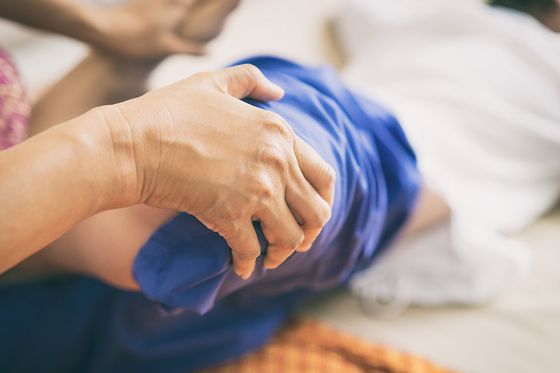Our Services
We help you move past your physical limitations with individualized care.
Functional Movements Assessment and Correction
Evaluating and correcting dysfunctional movement is the key to overcoming acute and chronic pain conditions. Treating individual painful body parts evaluating major movement patterns is the hallmark of unsuccessful treatment. That would be like trying to fix a computer by opening it up and looking for damaged parts (i.e. looking for damaged hardware). When fixing a computer, it is obvious that the computer would need to be turned on and the various computer functions and programs (i.e. the software) would be evaluated.
When we are talking about the human body, MRI's, X-rays, and other scans are like looking at the inside of the body for hardware issues. No doubt, they are often times relevant to treatment, but you would honestly be surprised how often the only emphasis is on the "hardware" and the "software" of movement is never evaluated! It is a tragedy when people accept the "hardware-only" explanation for their pain which often leads to drugs, surgery, or unnecessary acceptance of a disability. The fact is that our bodies are capable of more healing and recovery than we can fathom. We need to identify and overcome barriers (improve our software), not accept the half-truths that tell us our hardware is worn out or permanently damaged.
Advanced Orthopedic Manual Physical Therapy
Orthopedic manual physical therapy is using thrust or non-thrust mobilizations to the spine and extremity joints to improve mobility and decrease pain. Manual therapy also includes many other soft-tissue treatments aimed at improving the mobility and decreasing the sensitivity in myofascial and neural tissue.
Trigger Point Dry Needling
A modern style of western medicine that focuses on pain relief and increasing range of motion by focusing on trigger points found in deeper tissue that cannot normally be palpated by the therapist. A trigger point is a band of skeletal muscle within a larger muscle group that is tighter than the other bands. Trigger points can lead to a decreased range of motion or referred pain to other areas of the body when activated. The purpose of dry needling is to enter the trigger point and release or inactivate the skeletal muscle band causing problems. During the actual dry needling the therapist will palpate the muscle to locate the general vicinity of the trigger points. During the procedure the therapist will follow safety guidelines enacted by OSHA and Guide to Infection Prevention of Outpatient Settings to maintain the health and safety of both the patient and the therapist.
Trigger Point Dry Needling can be helpful for the following:
- Improve range of motion
- Chronic pain control
- Reduce Muscle Tension
- Normalize nerve impulses

Class IV Laser Therapy
Class IV laser therapy is a non-invasive treatment used to alleviate swelling, reduce pain, and accelerate recovery. The class 4 laser uses its energy to generate a photochemical response and increase temperature and blood flow to the treated area. In some cases it can be used as an alternative to surgery.
Class IV Laser Therapy can be helpful for the following:
- Chronic pain and muscle tightness
- Decrease Swelling
Schroth-Based Scoliosis Treatment
When done consistently on a day-to-day basis the Schroth Method is a conservative treatment approach that can be used to improve health related quality of life (QOL) by preventing curve progression, improving function, alleviating and eradicating pain, and avoiding spinal fusion surgery. Each treatment and group of corrective exercises are grouped by the therapist to be unique to the patient and their specific scoliosis curve patterns.
- Posture
- Mobility
- Balance
- Helps facilitate a more efficient movement pattern
- Possible corrective surgery avoidance

Move2Perform
Move2Perform is an interactive program used in sequence with the Functional Motor Screen to create a unique evidence based, return to sport program for each patient. During the Functional Motor Screen the therapist will analyze the patients’ movement to determine their strengths and weaknesses with pre-determined normative number values. The numbers are then entered into the Move2Perform system, which will then create a unique exercise program that aims to correct any weaknesses found in a patient's movement.
Move2Perform can be helpful for the following:
- Reduce and Prevent sport/work related injuries
- Improves sports performance

